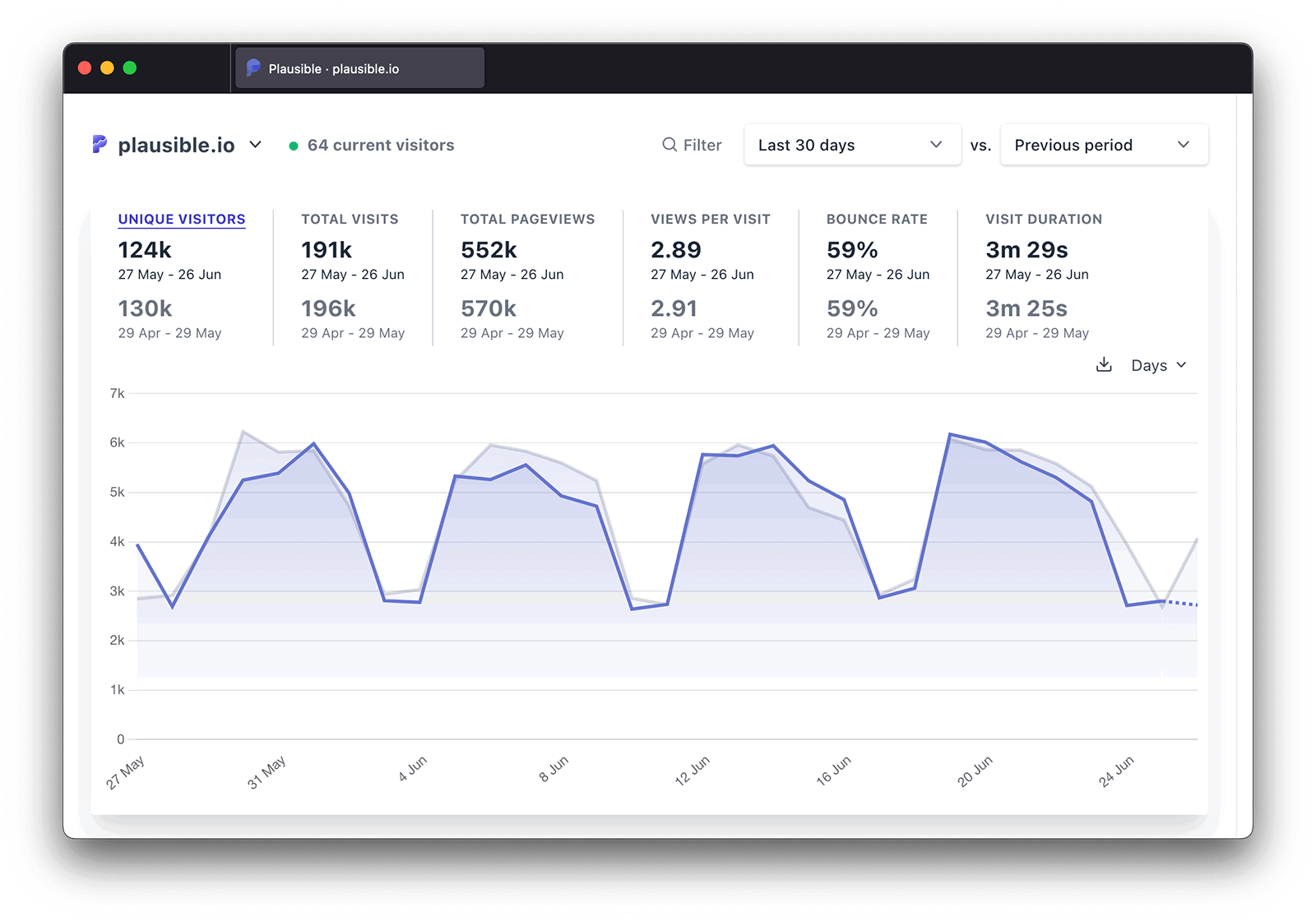Enhance Your SEO Method With Effective Google Analytics Tracking Code
Incorporating Google Analytics tracking code into your SEO strategy is a pivotal action toward accomplishing quantifiable results. Appropriate execution not only offers a clear home window into customer habits and web traffic sources but also highlights crucial performance signs that can educate your content technique. By recognizing metrics such as natural website traffic and conversion rates, you can determine locations for optimization. However, real potential hinge on exactly how these insights can be leveraged to refine your technique. What specific approaches can you adopt to make best use of the effect of this data on your search engine optimization efforts?

Understanding Google Analytics Essentials
To effectively take advantage of Google Analytics for Search Engine Optimization, it is important to understand its foundational ideas. Google Analytics works as an effective device for monitoring and evaluating internet site web traffic, supplying insights that are important for optimizing internet search engine performance. At its core, the platform allows customers to keep an eye on user behavior, website traffic resources, and essential performance indicators (KPIs) such as bounce prices and session periods.
Experience with the user interface is crucial. Key sections include the Audience, Purchase, and Behavior tabs, each offering valuable data. The Audience section gives market insights, assisting to tailor web content to target users efficiently. The Purchase tab reveals just how site visitors reach the site, whether with natural search, paid advertisements, or social media sites, directing critical adjustments in advertising efforts.
Recognizing metrics such as organic web traffic quantities and conversion prices is important for assessing SEO efficiency. Inevitably, understanding these basics permits digital online marketers to harness the full possibility of Google Analytics, driving educated decisions that enhance general SEO approaches. By developing a strong foundation, companies can effectively analyze their performance and determine opportunities for renovation in their on-line presence.
Establishing Monitoring Code
Properly establishing the monitoring code is critical for exact data collection in Google Analytics. The initial step involves developing a Google Analytics account and residential property, where you will receive an one-of-a-kind monitoring ID. This ID is crucial for connecting your internet site's data to your Google Analytics account.
As soon as you have your tracking ID, integrate the monitoring code bit into your site's HTML. This is normally positioned in the header area of each web page to ensure it tons early in the page providing procedure. If you're utilizing a Material Administration System (CMS) like WordPress, many plugins simplify this procedure, allowing you to add the tracking code without straight HTML editing and enhancing.
After executing the monitoring code, it is vital to test its functionality. You can utilize the Google Tag Assistant tool to verify if the tracking code is properly installed and working. In addition, check the real-time reporting feature in Google Analytics to confirm that data is being collected properly.
Ensuring that the tracking code is properly established lays the foundation for reliable data evaluation, enabling you to make educated decisions to boost your search engine optimization technique and general internet site performance.
Trick Metrics to Screen
Identifying crucial metrics to monitor is vital for recognizing the effectiveness of your search engine optimization approach via Google Analytics. By concentrating on certain information factors, you can determine the impact of your optimization initiatives and make educated decisions to improve efficiency.
This metric reflects the overall health of your SEO strategy. A high bounce rate may signal that your web content is not satisfying user expectations or that your landing web pages need improvement.
Furthermore, take into consideration tracking conversion rates, as these metrics disclose just how well your site fulfills its service objectives, such as generating sales or leads. Key words positions are also vital; tracking modifications in keyword settings aids review the efficiency of your targeted search engine optimization initiatives. Ultimately, assess the ordinary session period, which suggests customer interaction and content significance. By closely adhering to these crucial metrics, you can obtain useful understandings into your SEO approach's efficiency and identify locations for improvement.
Analyzing User Habits
Recognizing user habits is essential for fine-tuning your Search engine optimization strategy and making best use of site performance. Google Analytics supplies a wealth of data on individual interaction metrics, such as bounce prices, time on site, and web page views per session.
Furthermore, tracking customer circulation can expose usual navigation courses, highlighting prospective traffic jams or locations for renovation. Comprehending the demographics, passions, and geographical locations of your visitors allows for even more tailored web content that speaks with their needs. Utilizing division functions in Google Analytics additionally boosts your capacity to analyze individual actions by enabling you to contrast various target market groups.
In addition, keeping track of conversion rates and individual activities can provide understandings into the performance of your phone call to activity and overall site layout. This alternative view of customer behavior is necessary for making notified decisions that have a peek at these guys boost customer experience and drive greater engagement, eventually contributing to improved SEO performance.
Leveraging Insights for Search Engine Optimization
Consistently leveraging insights gotten from individual habits evaluation can substantially boost your SEO efforts. By utilizing Google Analytics, you can identify key metrics such as bounce rates, session duration, and individual circulation, which expose how visitors engage with your web content. These insights allow you to pinpoint locations requiring renovation, such as high exit pages or underperforming key phrases.

Additionally, tracking natural traffic resources provides clarity on which networks are most reliable, allowing you to allocate sources strategically (when does the google analytics tracking code send an event hit to analytics?). By assessing conversion rates along with web traffic information, you can recognize which pages drive real service outcomes, fine-tuning your SEO strategy better
Integrating these my link insights right into your material strategy not only improves exposure yet also cultivates a more user-centric approach. Inevitably, a data-driven search engine optimization technique informed by analytics not only boosts rankings but also aligns your goals with customer assumptions, leading to sustained development and engagement.
Final Thought
Efficient execution of Google Analytics tracking code significantly enhances a search engine optimization strategy by offering essential insights right into customer behavior and website traffic resources. Monitoring essential metrics such as organic website traffic, bounce rates, and conversion rates promotes the identification of enhancement locations. Additionally, evaluating user see this demographics and involvement metrics permits a more targeted content technique. Eventually, leveraging these understandings adds to refining SEO initiatives, driving even more pertinent website traffic, and boosting overall web site performance.
Including Google Analytics tracking code right into your SEO technique is a pivotal action towards accomplishing measurable results. At its core, the system enables users to keep an eye on individual actions, traffic sources, and crucial performance indications (KPIs) such as bounce rates and session periods.
Comprehending user actions is vital for refining your SEO technique and making best use of website efficiency.Continually leveraging understandings gained from individual actions evaluation can substantially improve your Search engine optimization initiatives.Reliable application of Google Analytics tracking code significantly enhances a Search engine optimization technique by giving critical insights right into individual behavior and traffic sources.
Comments on “Unpacking the Enigma: When Does the Google Analytics Tracking Code Send an Event Hit to Analytics?”